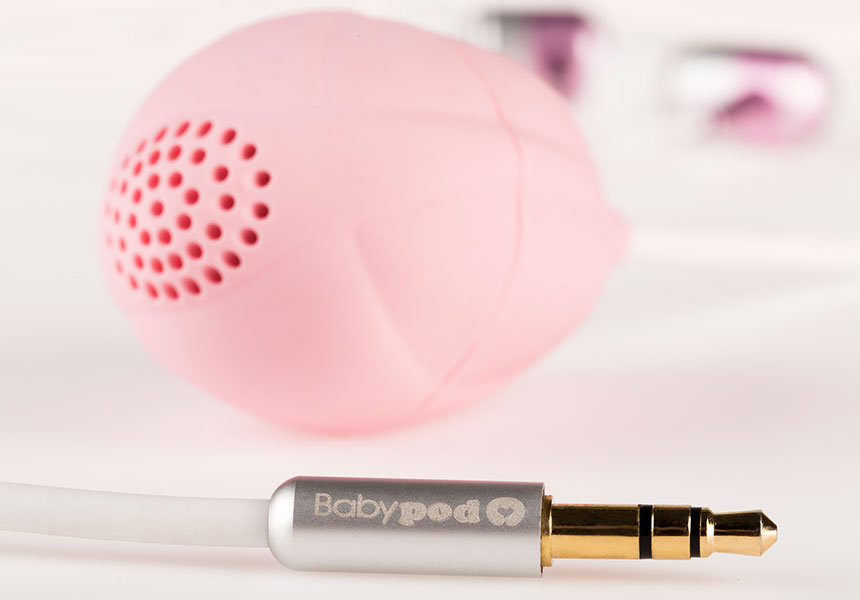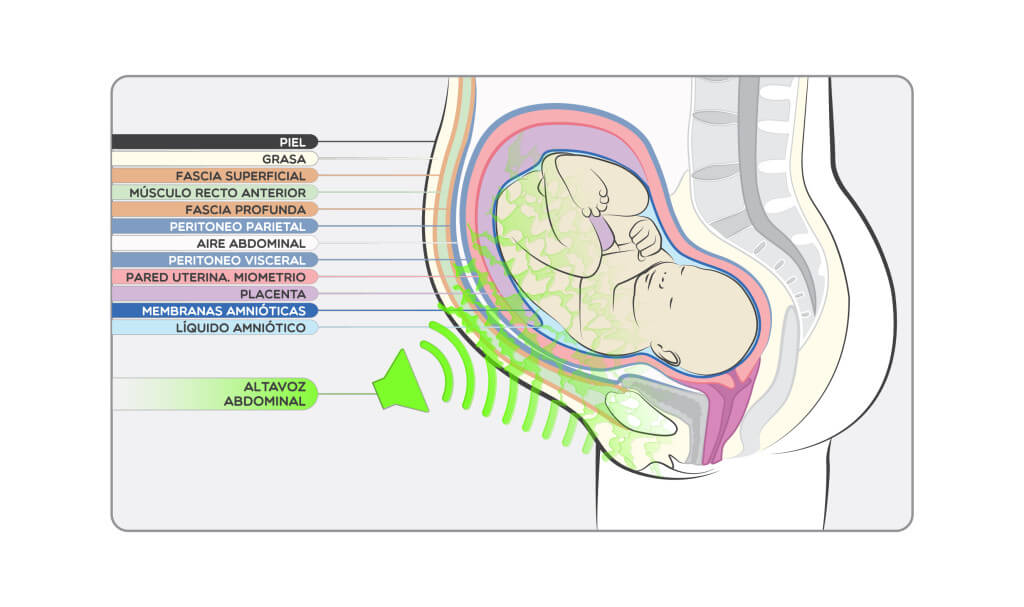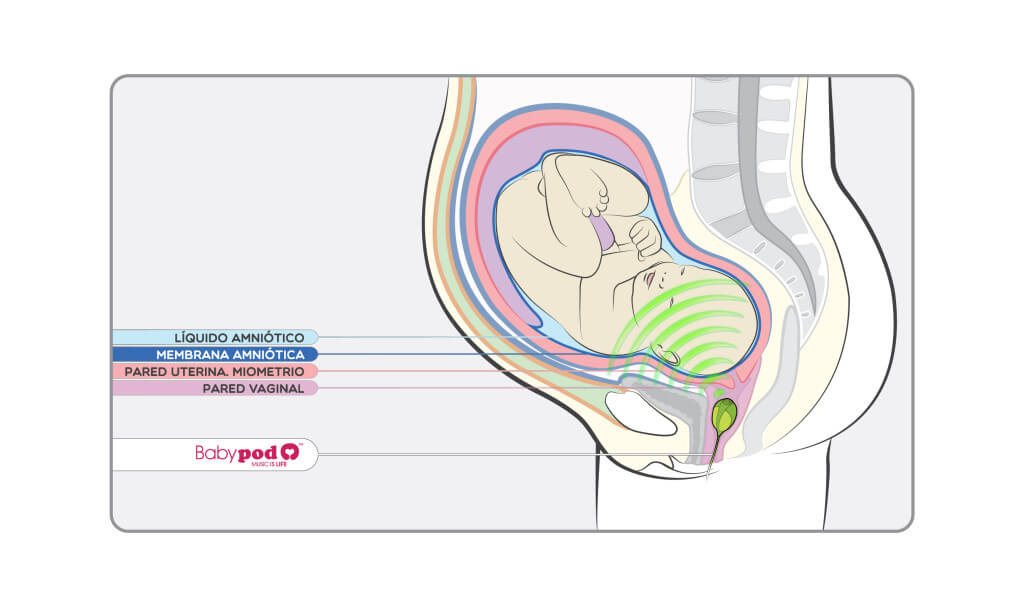¿Qué es Babypod?

Babypod es un pequeño dispositivo altavoz intravaginal.
Estudios científicos demuestran que es el único que estimula la vocalización de los bebés antes de nacer a través de la música. Con Babypod, el inicio de la unión más fuerte empieza a través de la música y dentro de la barriga.
Será la primera experiencia juntos de una madre y su bebé y la primera experiencia musical y de aprendizaje de éste.
Babypod no es un producto sanitario como tal, puede ser colocado en la vagina antes de la ecografía por personal sanitario o por la propia paciente.
Para los padres también es una experiencia inolvidable, emocionante y la primera que compartirán con su bebé. Todo un espectáculo.








